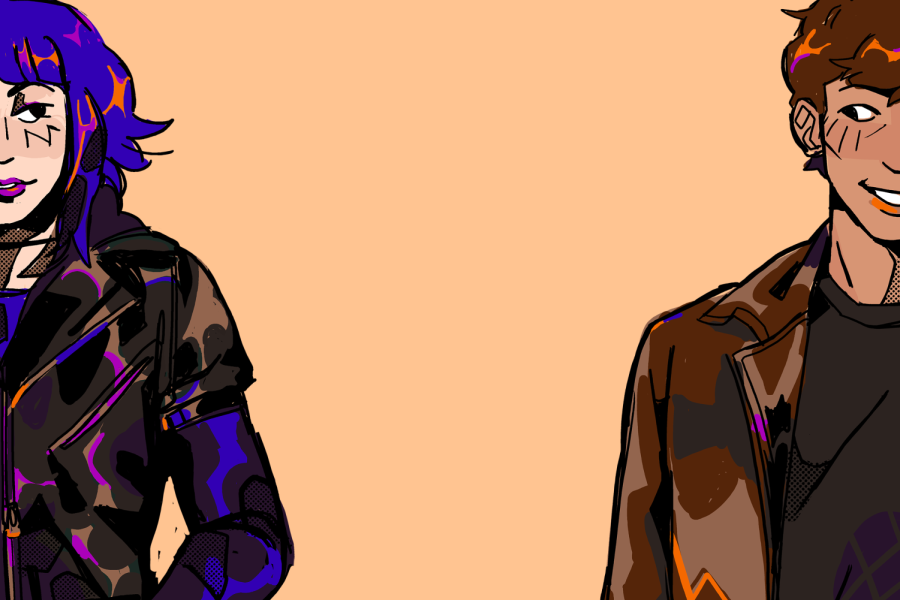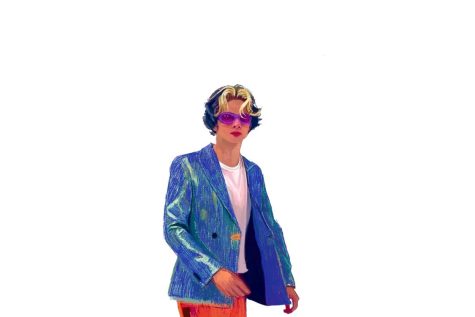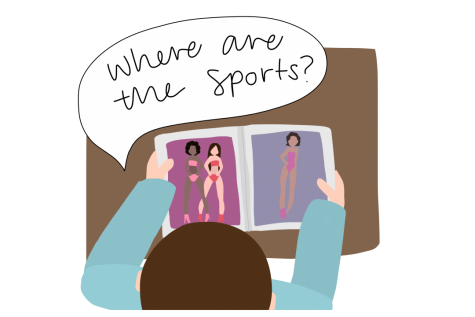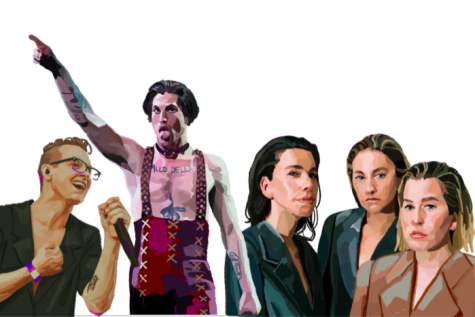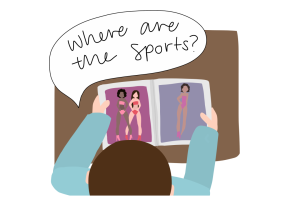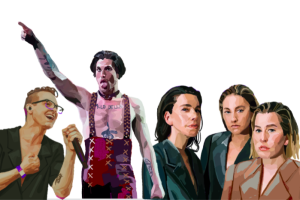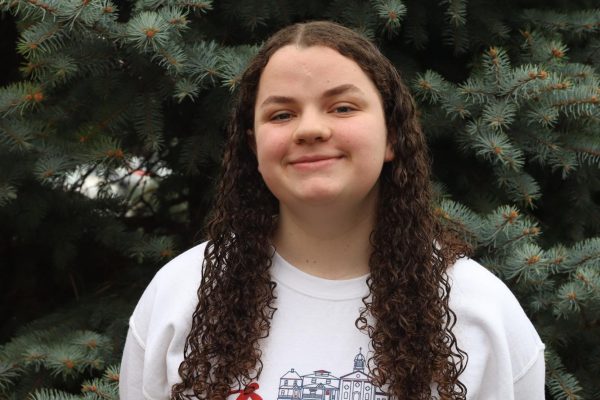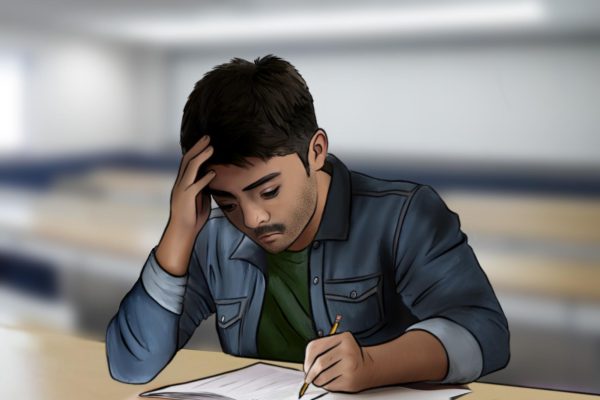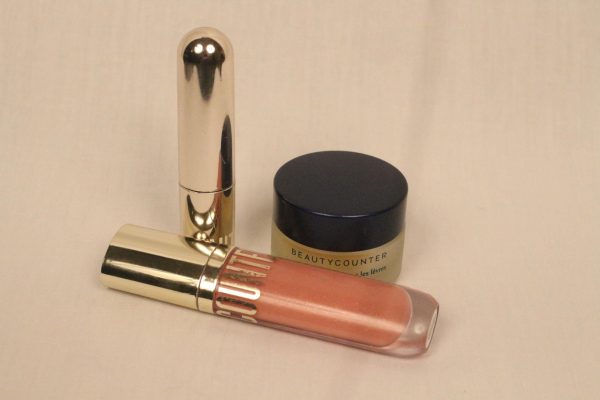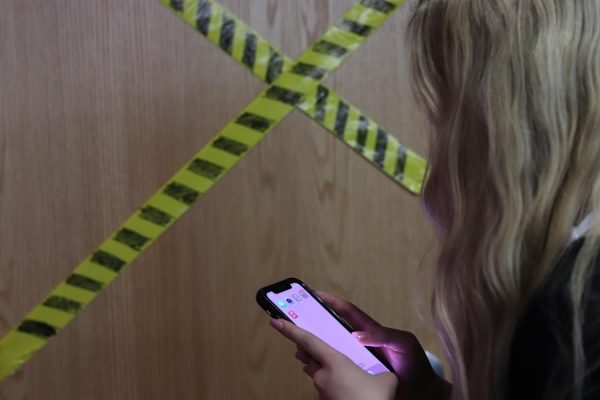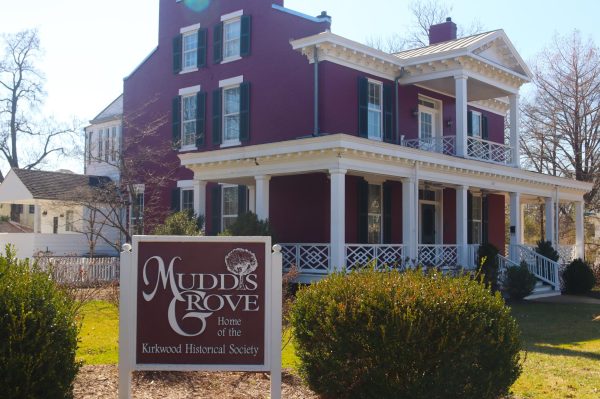The girl/boy of your (manic pixie) dreams
These two character tropes, the “manic pixie dream boy and girl,” (MPDG and MPDB, respectively) are everywhere – not just in films. They infiltrate our music, our media and our romanticization of certain rock stars and celebrities.
*Opinion
She’s blue-haired with a mysterious sparkle in her eyes. Her job is to save our soft, painfully helpless male protagonist from his greatest enemy: himself. Eyeroll, I know. Think Ramona Flowers from “Scott Pilgrim vs. The World,” Summer from “500 Days of Summer” or Annie from “Annie Hall.”
He’s nonchalant, dreamy and misunderstood. He values our female lead for a quality less shallow than her looks or her money. He wants to spice up her life with all his mystery and quirks. And, sometimes, he disappears as quickly as he came. He often has one unique quality that makes him “not like other guys.” Think Jack Dawson from “Titanic,” Patrick Verona from “10 Things I Hate About You”or Augustus Waters from “The Fault in our Stars.”
I’m here to educate you on who they are, how to identify them and why their archetypes are more often than not so problematic.
These two character tropes, the “manic pixie dream boy and girl,” (MPDG and MPDB, respectively) are everywhere – not just in films. They infiltrate our music, our media and our romanticization of certain rock stars and celebrities. I’m here to educate you on who they are, how to identify them and why their archetypes are more often than not so problematic.
Nathan Rabin, critic and author, coined the term “manic pixie dream girl” back in 2007 after seeing Kristen Dunst’s character, Claire, in “Elizabethtown.” Claire is a bubbly flight attendant who serves as a catalyst for the male lead letting go of his failures and his father’s death. We don’t get insight into her struggles or goals. It’s all about fixing the guy.
‘What’s so bad about the MPDG/B?’ you may wonder. Our MPDG is only really there for the male lead’s character development. The problem is not the MPDG; it’s the way the other characters see them. Take Ramona Flowers for example. She’s tough and unafraid to be honest. But because we see her through Scott’s eyes, Romona becomes reduced to a fantasy girl that he may not be able to have.
Women lack autonomy in both the MPDG/MPDB scenarios. With an MPDB, female protagonists often face struggles or deal with big decisions. The MPDB acts as an escape, a last hurrah or a savior. Barf. Think about it: Jack Dawson whisks Rose away into a romance free from her abusive fianceé that lasts a few days. By the end, she is ready and willing to die for him. Over-exaggerated much?
Our female lead characters, manic or not, deserve better.
I’ll concede this point: not all MPDG are bad, or horribly written or annoying. They can work in movies that are funny or surface-level. Take Judy Maxwell from the 1972 screwball comedy “What’s up Doc?” She’s silly and weird, but so is the entire movie. The same goes for the boys: Ferris Bueller in “Ferris Bueller’s Day Off.” He’s off-the-rails adventurous, whisking his girlfriend and best friend away on a mission to skip school and get away with it. We don’t know his background or hers. It’s a movie all about living in the moment unfocused on character development. That’s why it works.
All I’m saying is we should recognize characters for their whole person, not just their role in another character’s life. And we should definitely stop romanticizing the perceived “fantasy” of the MPDG and the perceived “escape” of the MPDB. The MPDB tries to change the girls’ life even if she doesn’t ask for it, and the MPDG is one dimensional; she’s only there for the main male character’s development. Our female lead characters, manic or not, deserve better.
Your donation will support the student journalists of Kirkwood High School. Your contribution will allow us to purchase equipment and cover our annual website hosting costs.
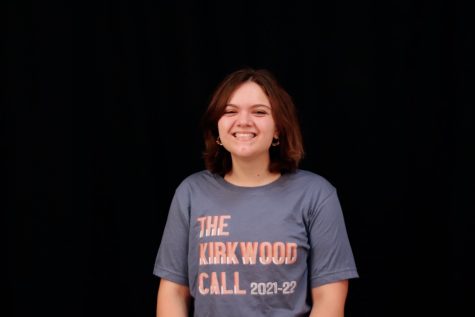
she/her
Hobbies and Interests: Playing/writing/listening to music, politics, exploring
Favorite Song: “Bad (Live)” by U2
Favorite Quote: “Life...


